What is Proteus? A Beginner’s Guide for Electrical Engineers
In the ever-evolving world of electrical and electronics engineering, where innovation is the currency and practicality is the path to mastery, having the right tools can be the difference between a failed experiment and a groundbreaking project. Whether you’re a student just starting out or a seasoned engineer refining your next PCB, there’s one tool that consistently stands out in the crowd: Proteus.
Imagine this: you’re burning the midnight oil, working on an embedded system that needs to be just right. You have your schematic in mind, the components lined up—but building it physically without testing would be a gamble. This is where Proteus becomes your virtual lab partner. It’s not just software—it’s a simulation powerhouse that helps you design, test, and refine your circuits before you even touch a soldering iron.

Welcome to the essential guide that answers not just what Proteus is, but why it deserves a permanent spot in every electrical engineer’s digital toolbox.
https://youtu.be/KQketorU6YU?si=BdF_qNgbtUyO27pT
Understanding Proteus: The Simulation Software for Engineers
Proteus is a professional-level electronic design automation (EDA) software used extensively in the field of electronics and electrical engineering. Whether you’re creating circuit schematics, simulating embedded systems, or designing printed circuit boards (PCBs), Proteus has you covered from idea to implementation.
Why Every Electrical Engineer Should Know About Proteus
If you’re pursuing electrical or electronics engineering—or already in the industry—chances are you’ve heard of Proteus. If not, you’re missing out on one of the most efficient ways to simulate and test circuits before committing to hardware.
From creating a blinking LED project with Arduino to simulating complex automation systems, Proteus offers a comprehensive environment to test your logic, visualize behavior, and avoid costly mistakes in real-world applications.
The First Look: Proteus Interface Overview
Upon launching Proteus (especially version 8 and beyond), you’re greeted with a clean, professional interface. The workspace is user-friendly, with a layout tailored to simulate and analyze circuits intuitively.
You’ll find:
- Component Mode for selecting resistors, capacitors, ICs, microcontrollers, and more.
- Schematic Capture for drawing and organizing your circuit layout.
- PCB Layout Mode to visualize the hardware design.
- Simulation Control for real-time feedback and debugging.
These features are especially helpful for students and professionals who need to verify designs under various conditions.

Simulate Before You Build: The Power of Proteus
One of the biggest strengths of Proteus is its simulation capability. Before physically building a project, engineers can design it virtually, simulate its functionality, and verify the output. For example:
- Want to build an automatic streetlight? Simulate the circuit in Proteus and test how the LDR behaves.
- Designing an Arduino-based digital counter using a 7-segment display? Test the logic first with Proteus’s built-in Arduino models.
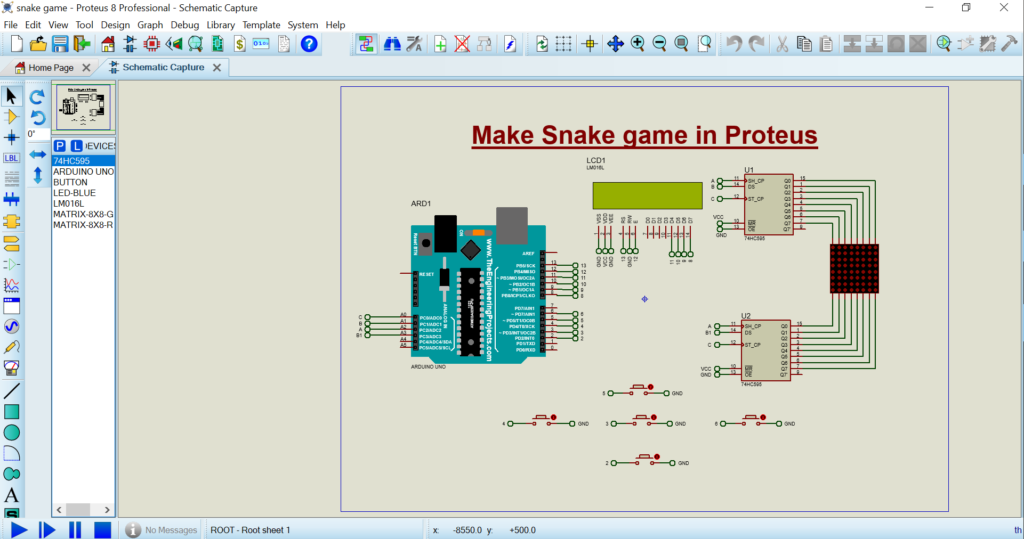
Simulation ensures that your concept works, and allows you to troubleshoot errors early—saving time, effort, and money.
Component Libraries: Your Digital Workbench
Proteus comes with a robust set of built-in component libraries, including:
- Basic components (resistors, capacitors, transistors)
- Microcontrollers (Arduino, PIC, AVR, 8051, etc.)
- Displays (LCD, LED, 7-segment)
- Sensors and actuators
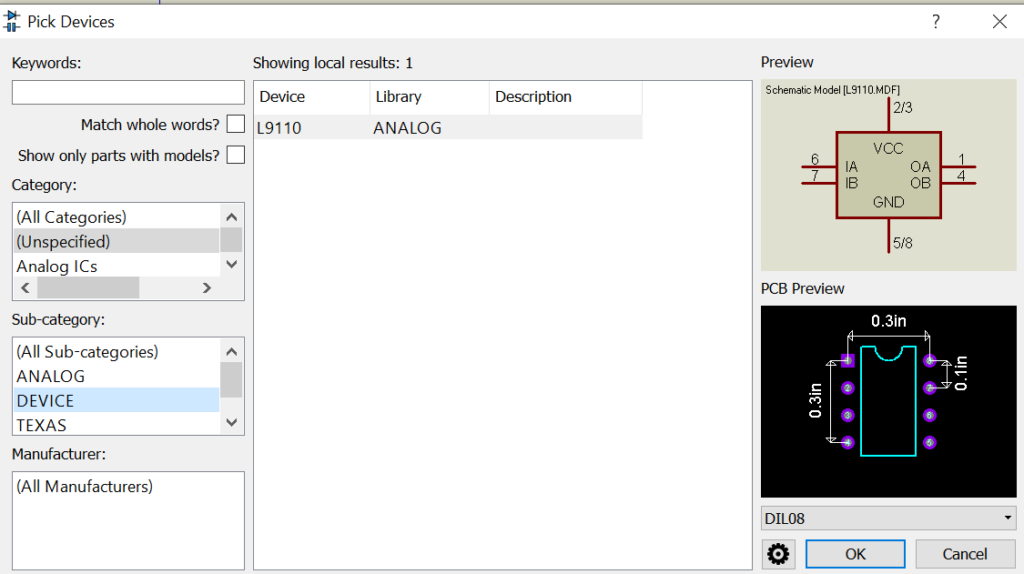
By default, you’ll have access to around 35 pre-installed libraries, which cover most beginner to intermediate needs. For advanced designs, Proteus also allows importing external libraries, expanding the software’s capability to support new or custom components.
This modular approach makes it incredibly versatile.
Practical Examples: From Simulation to Real-World Projects
Here’s where Proteus really shines—practical implementation. Let’s look at how a simple idea transitions from software to hardware:
Example 1: Arduino + 7-Segment Display
- Open Proteus.
- Import an Arduino UNO from the library.
- Connect a 7-segment display and simulate counting from 0 to 9.
- Observe how the logic works in real-time.

Once verified, you can confidently wire the actual components on a breadboard or design a PCB layout for production.
Example 2: Smart Light System
Need to build an automated lighting system based on darkness or motion? Simulate it first. Add sensors, microcontrollers, and relays to the schematic, tweak the logic, and see how your circuit reacts to input changes. Once perfect—go practical!

PCB Design in Proteus: Visualize Before You Manufacture
Proteus isn’t limited to just simulation—it offers complete PCB design tools. After validating a circuit, you can switch to the PCB layout mode to:
- Convert your schematic into a physical board.
- Route tracks automatically or manually.
- Place components efficiently.
- Preview the board in 2D or 3D.
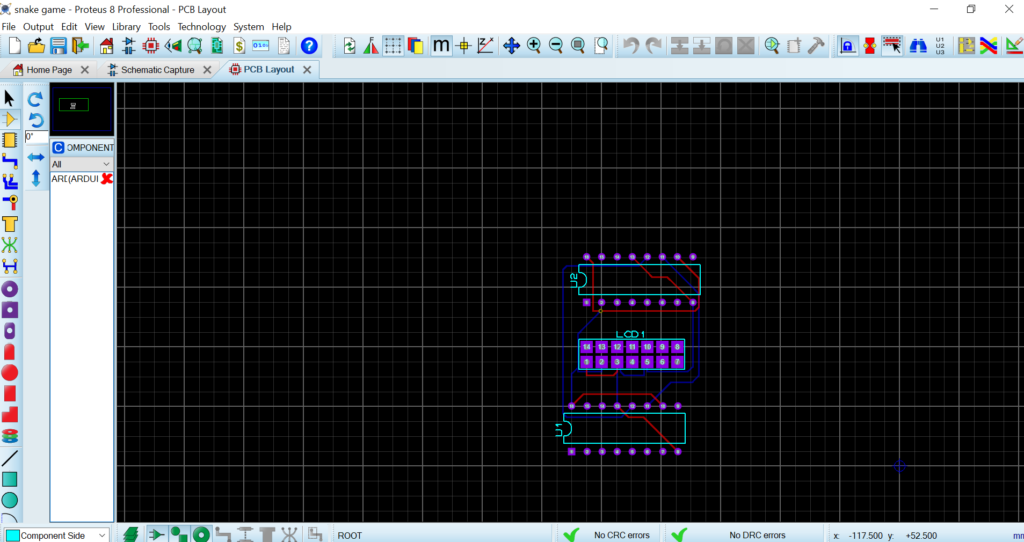
This is invaluable for engineers working on product development or academic projects, where PCB design is a crucial step.
Modes in Proteus: Understanding the Workflow
In your engineering journey with Proteus, you’ll work across several essential modes:
- Schematic Mode: Draw your circuit diagram.
- Simulation Mode: Run and observe circuit behavior.
- Component Mode: Add new parts to your project.
- PCB Layout Mode: Turn logic into hardware.
- 3D Preview Mode: Visualize the final board.
Each mode has its own purpose, and learning to navigate them ensures efficient and effective project development.
Learning Path: From Beginner to Expert with Proteus
If you’re new to Proteus, worry not. There’s a complete video series (as mentioned in the transcript) available that takes you from:
- Basic simulations to
- Advanced embedded systems, covering:
- Arduino Projects
- Sensor Integration
- PCB Manufacturing
- External library installation
You’ll not only learn how to use the software but why each step matters in real-world applications.
Community and Learning Resources
Proteus has a thriving global community. From YouTube tutorials to official documentation and online forums, help is just a click away.
Also, websites like Schematic World and engineering forums provide valuable guides, component libraries, and project examples.
Final Thoughts: Why Proteus is a Must-Know Tool for Electrical Engineers
In a nutshell, Proteus is your one-stop platform for designing, simulating, and testing electronic projects. Whether you’re building a smart home system, a robotics controller, or a custom IoT device, Proteus ensures your design is functional before it becomes physical.
For electrical engineers, it’s more than a tool—it’s a sandbox for innovation, a lab for testing, and a bridge between theory and application.
So, if you’re serious about engineering—Proteus should be your best friend.




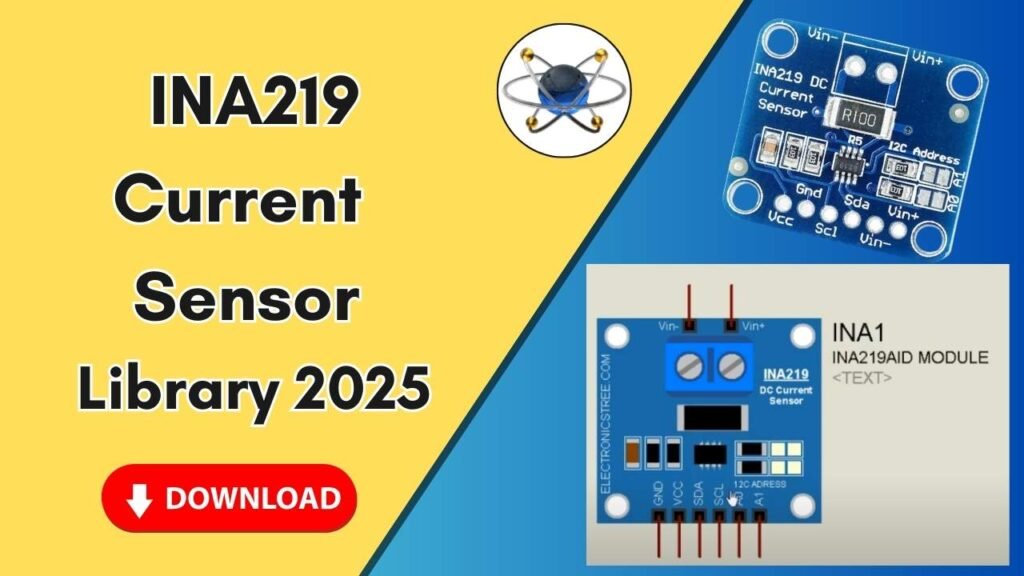

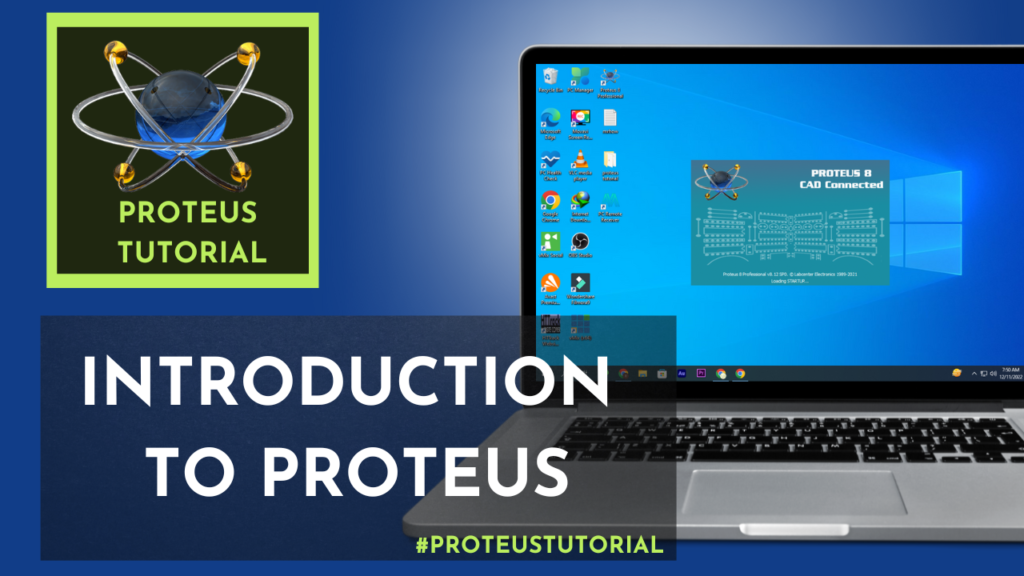
Egmp Irur HrrRd IucLPnE